Finally Get Rid of Those Annoying Little Flies in Your Drain (The Pro Method)
So, you’ve got those tiny, fuzzy flies hanging around your sink or shower. You swat them, but they just… come back. It’s maddening, right? After years in the plumbing trade, I can tell you that this is one of the most common calls we get. People are frustrated because these aren’t just any old houseflies; they’re drain flies, and they’re basically a tiny little alarm bell telling you there’s some gunk building up inside your pipes.
In this article
A lot of people reach for a can of bug spray or pour some bleach down the drain, hoping for a quick fix. To be frank, that barely works. You might get the adult flies you can see, but you’re completely missing the source. To get rid of them for good, you have to think like a plumber and destroy the place where they’re breeding. It’s not about harsh chemicals; it’s about physically removing their home. I’m going to walk you through the exact method the pros use—it’s super effective and will save you a service call.
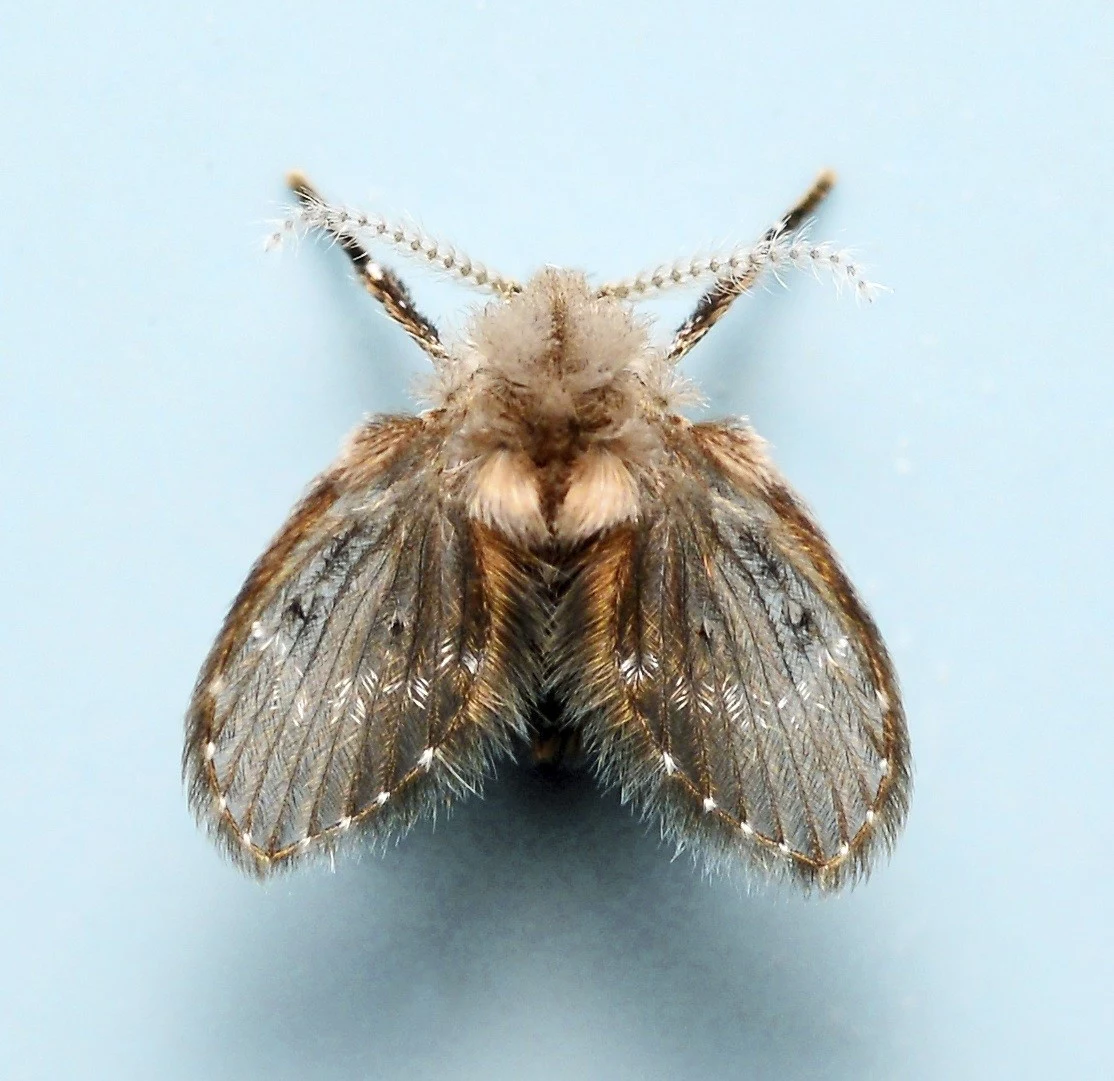
First, Know Your Enemy: The Drain Fly
Before you declare war, you need to understand what you’re up against. Drain flies look a bit like tiny, fuzzy moths. They don’t really fly so much as they make short, clumsy hops from place to place. If that sounds familiar, you’ve probably got them. Their presence means one thing: there’s a slimy layer of organic buildup, often called biofilm, somewhere in your drain.
And their life cycle is fast. An adult female lays a bunch of eggs (up to 100!) in that drain gunk. In less than two days, those eggs hatch into tiny larvae that feast on the sludge. This is the real problem. After a week or two, they morph into adults and crawl out of the drain to start the whole process over again. This is why just killing the adults is a losing battle. A new batch is literally waiting in the wings (or, uh, in the pipes).
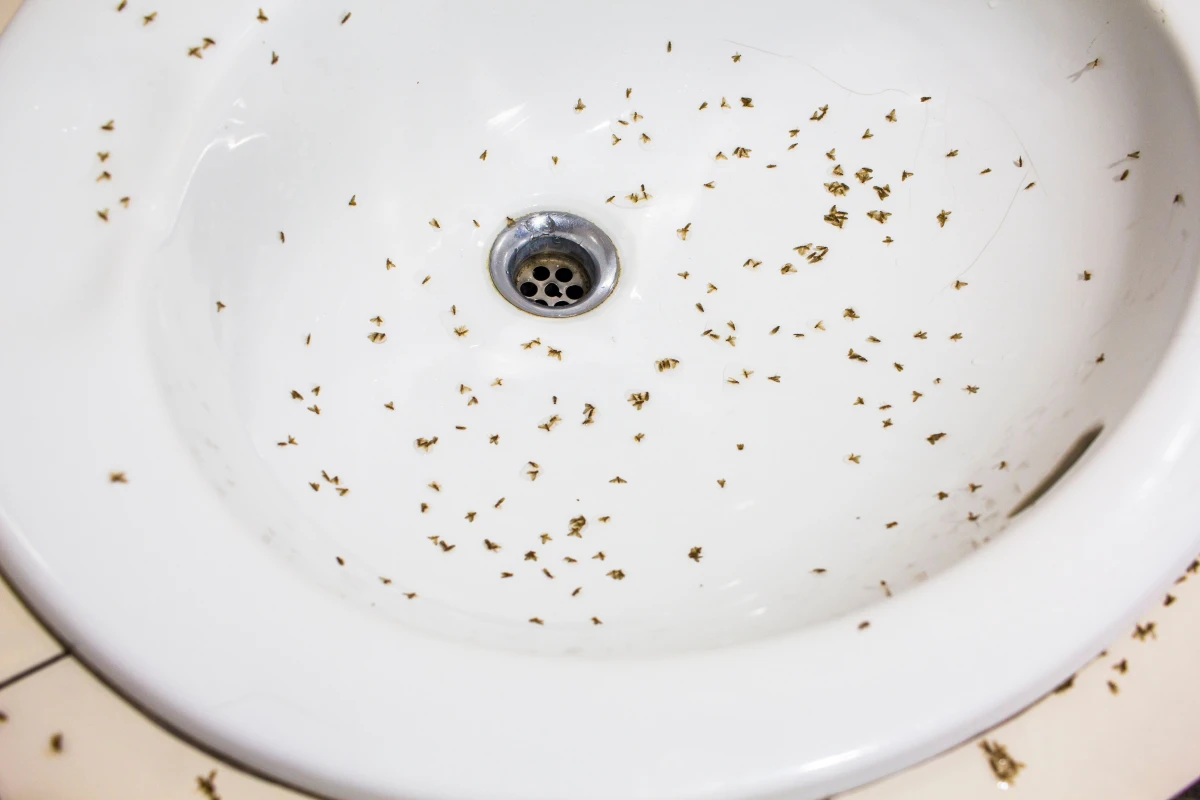
The Tape Test: Pinpoint the Problem Drain
Before you start scrubbing, you need to be sure which drain is the culprit. Sometimes flies in the kitchen are actually coming from a nearby floor drain. Here’s a super simple trick we use on calls.
Take a piece of clear packing tape and place it sticky-side down over most of the drain opening, but don’t seal it completely—you want air to still flow. Leave it overnight. In the morning, check the tape. If you see little flies stuck to it, bingo! You’ve found the source. If you have a few suspicious drains, just test them all at the same time.
Your Toolkit: What You’ll Need (and What It’ll Cost)
Forget the fancy stuff. This is a hands-on job, and you need the right tools. The good news? You can get everything you need for under $50, which is a whole lot better than a $200+ plumbing bill.
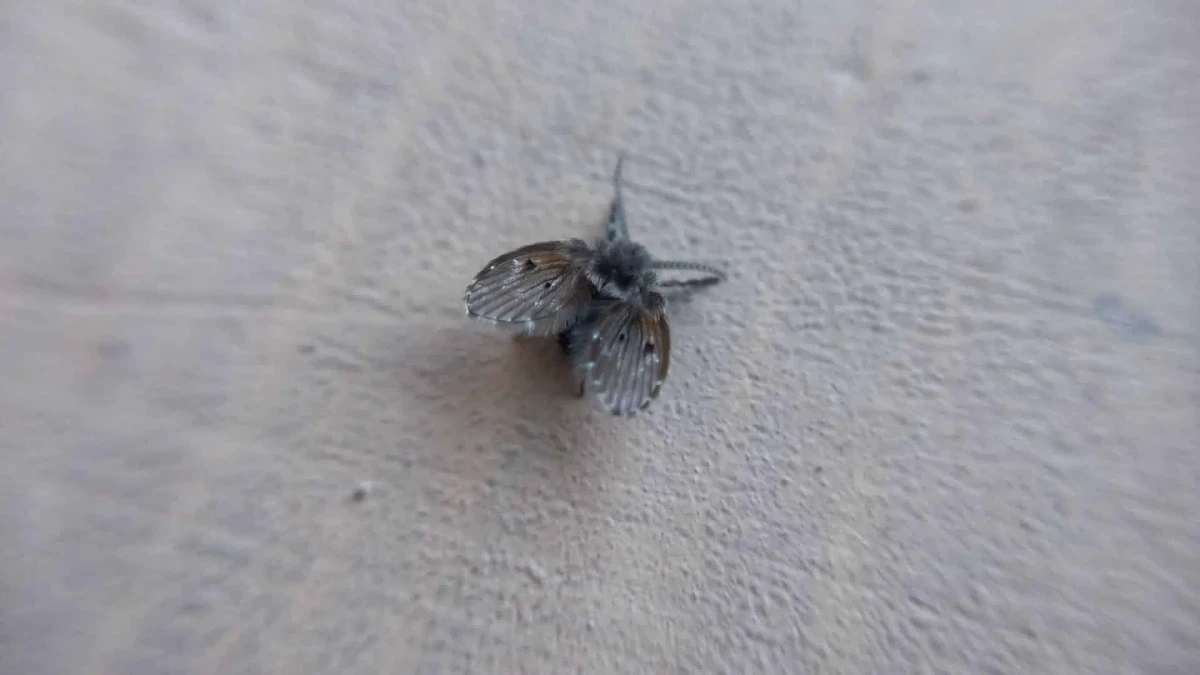
- A Stiff, Long-Handled Pipe Brush: This is your primary weapon. Don’t cheap out with a soft bottle brush; you need stiff nylon bristles. Look for one that’s at least 24 inches long to make sure you can scrub all the way through the P-trap. You can find these at Home Depot or online for about $10-$15.
- Rubber Gloves and Safety Glasses: Trust me on this one. The gunk you’re about to pull out is… unpleasant. Protect yourself.
- An Enzymatic Drain Cleaner: This is your secret weapon for finishing the job. I always recommend products that use natural enzymes and bacteria (like Green Gobbler or Bio-Clean) over harsh chemical drain openers. A bottle or container costs around $20-$25 but will last for many treatments.
- A Bucket and Basic Pliers: A small bucket to catch water, and a pair of channel-lock pliers in case you need to remove the P-trap for a deep clean.
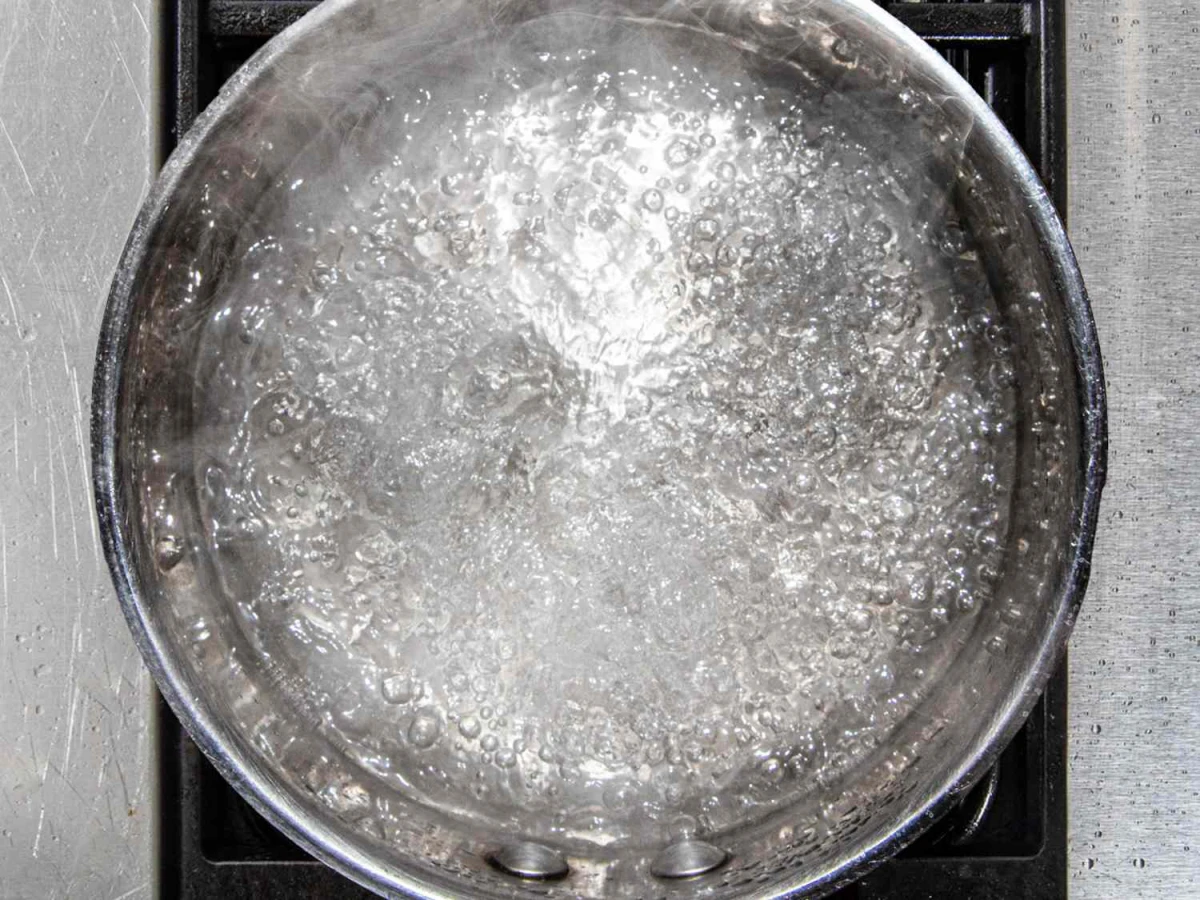
The Step-by-Step Guide to Wiping Them Out
Alright, set aside about an hour. Put on some music or a podcast. Let’s do this.
Step 1: Get Access to the Pipe
First things first, you need a clear shot at the pipe. Pull out the drain stopper or strainer. In a bathroom sink, this is usually the pop-up stopper. You might have to look under the sink and unscrew the little nut holding the pivot rod to pull the whole thing out. By the way, that stopper itself is probably covered in gunk, so give it a good cleaning while it’s out.
Heads up for different drains: A kitchen sink with a garbage disposal is a bit different. ALWAYS unplug the disposal from the wall outlet before putting your hands anywhere near it. Seriously. Then you can reach in and scrub the inside walls and the underside of the rubber splash guard—a prime spot for biofilm. For a shower drain, you might have to unscrew a grate to get good access.
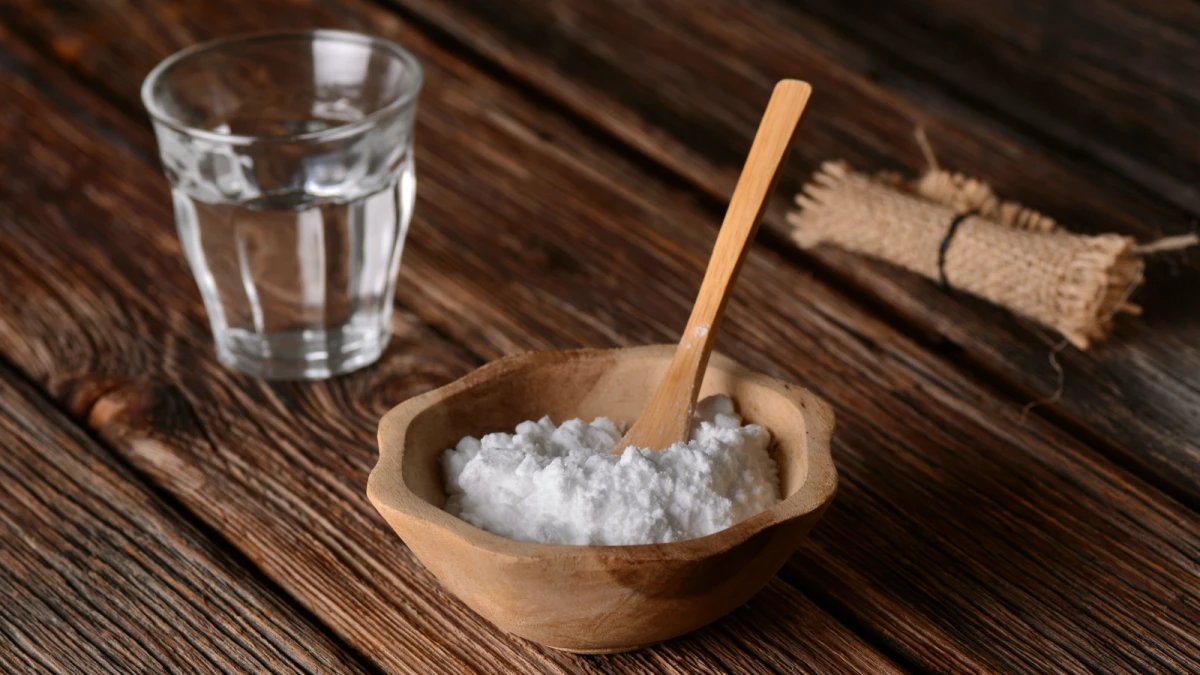
Step 2: The Manual Scrub-Down
Pour a little hot tap water (not boiling, as it can damage PVC pipes over time) down the drain to loosen things up. Now, grab that stiff pipe brush and get to work. Shove it down the drain and scrub like you mean it—up, down, and in circles. You’re physically breaking that slimy biofilm off the pipe walls. Push it as far as it can go, especially through the curved P-trap under the sink.
When you pull the brush out, it’s going to be nasty. We’re talking gray, stinky slime. That’s a good thing! It means you’re winning. Rinse the brush and repeat a few times until it comes out mostly clean.
Step 3: Deep Clean the P-Trap (Optional but a Game-Changer)
For a really bad infestation, I highly recommend this step. The P-trap (that U-shaped pipe under the sink) is ground zero for gunk buildup. Place your bucket underneath it to catch water. Use your pliers to loosen the two big slip nuts holding the trap. Once they’re loose, you can usually unscrew them by hand. Wiggle the trap free and prepare to be disgusted—and impressed—by what’s inside. Take it to another sink and scrub it completely clean with your brush.
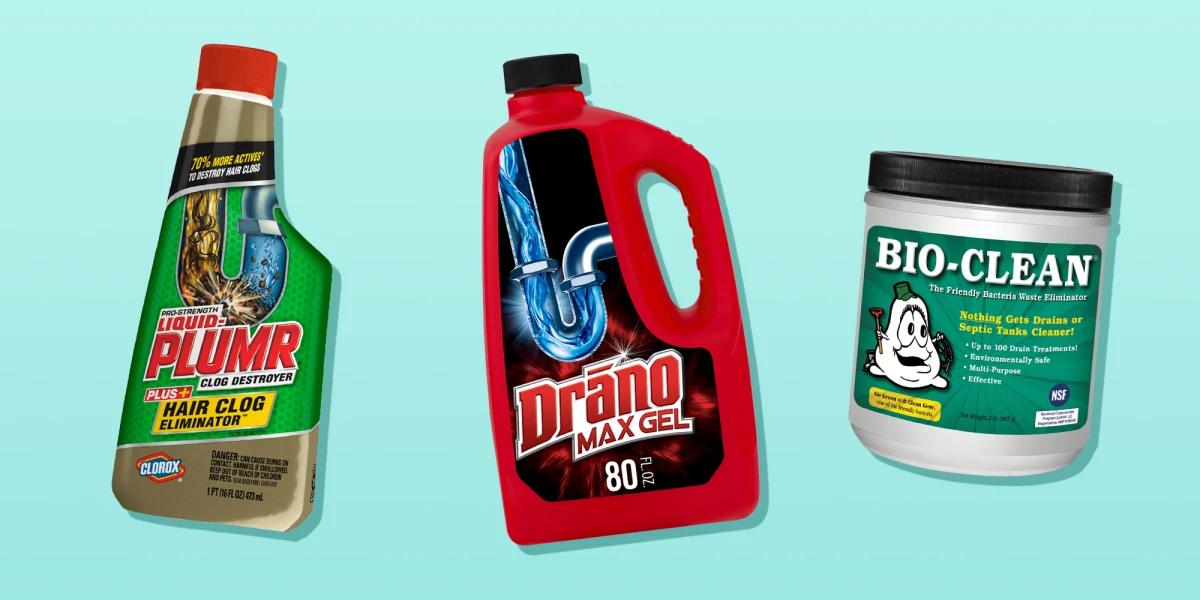
Quick tip: When you put it back, make sure the little rubber gaskets or washers are seated correctly. Hand-tighten the nuts, then give them just a quarter-turn with the pliers. Overtightening can crack the plastic. If it drips a little, a common mistake is that the washer isn’t sitting flat.
Step 4: Unleash the Enzymes
After you’ve done the hard work of scrubbing, the enzyme cleaner is for maintenance and catching anything you missed. This is the step that makes the solution last. Unlike harsh chemicals that just blast through, enzymes are living organisms that actually eat the organic waste. They’re safe for all pipes (including old cast iron) and are essential if you have a septic system.
Always do this last thing at night, right before bed. This gives the enzymes hours to work uninterrupted. Just follow the directions on the package, which usually involves mixing a powder with warm water and pouring it down the drain. Do this for 3 to 5 nights in a row to crush their life cycle. After that, a once-a-month treatment is perfect for keeping the pipes clean and the flies away for good.
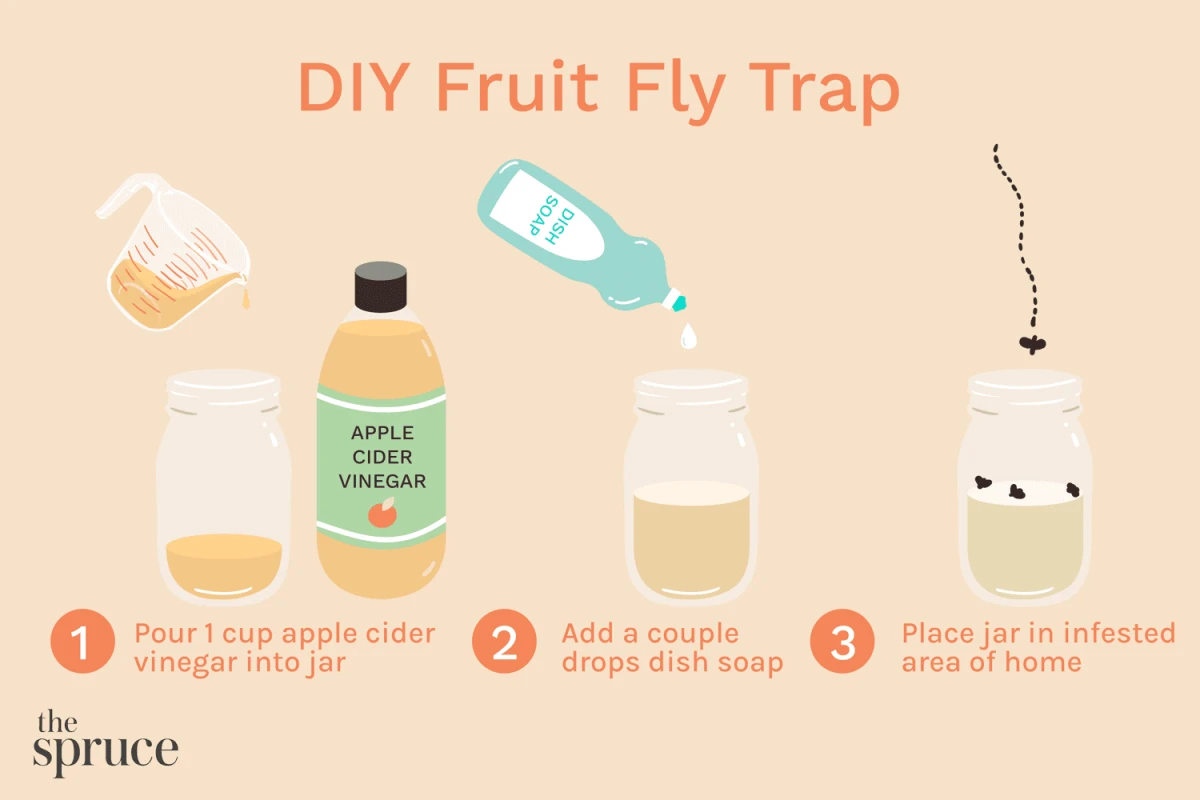
A Word on Different Plumbing Systems
Not all homes are the same, and your pipes can play a big role. If your house is older, you likely have cast iron drain lines. Their rough, porous surface is like a magnet for biofilm, so that manual scrubbing step is non-negotiable for you.
If you have a septic system, I can’t stress this enough: DO NOT use harsh chemical drain openers. They kill the good bacteria your tank needs to function, which can lead to a catastrophic and expensive failure. Mechanical cleaning and enzyme treatments are the only safe ways to go. In fact, the enzymes are actually good for your septic tank!
When It’s Time to Call in a Pro
This method works for almost every common drain fly issue. But sometimes, the problem is bigger than a slimy P-trap. You should probably call a plumber if:
- You’ve cleaned every drain thoroughly, but the flies are still showing up in multiple rooms. This could point to a clog or break in your main sewer line.
- You smell a persistent sewer gas odor along with the flies. This can indicate a bigger venting issue or a cracked pipe.
- The problem comes roaring back within a week of your deep clean.
In these cases, a pro will likely use a fiber-optic sewer camera to get a direct look inside your pipes to find the real source of the problem. But for the vast majority of you, the scrubbing and enzyme treatment will be all you need.
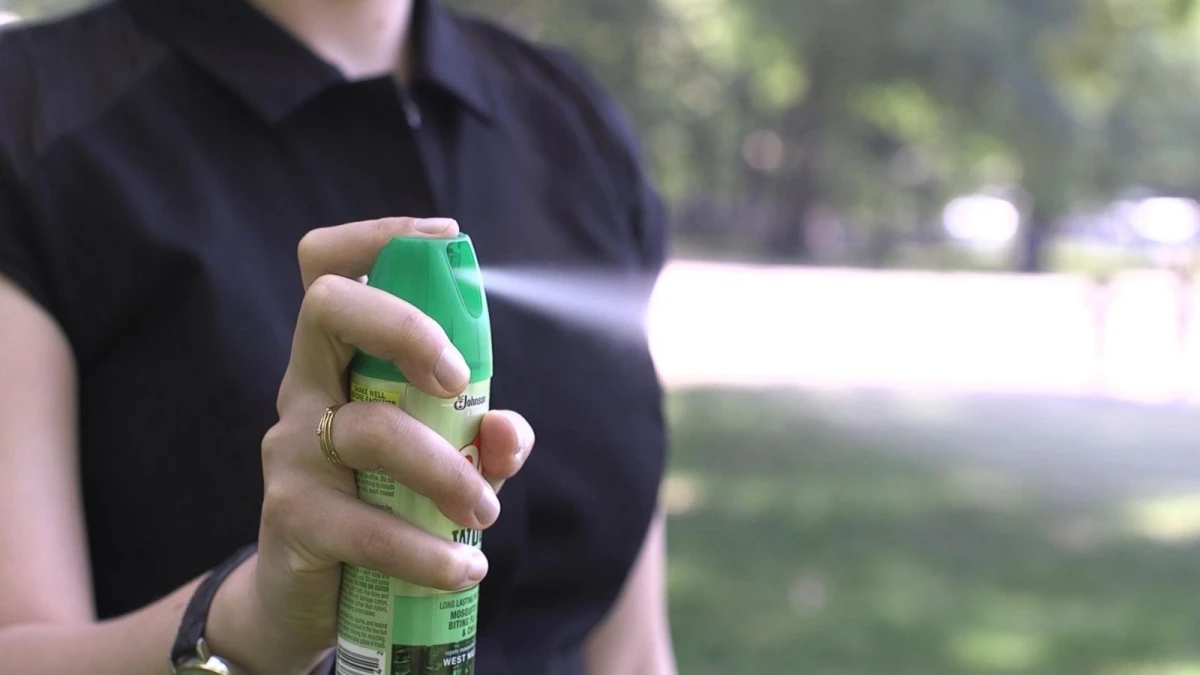
So, your mission, should you choose to accept it: try the tape test tonight on your most suspicious drain. You now have the knowledge to take back your sink. You’ve got this!
Galerie d’inspiration

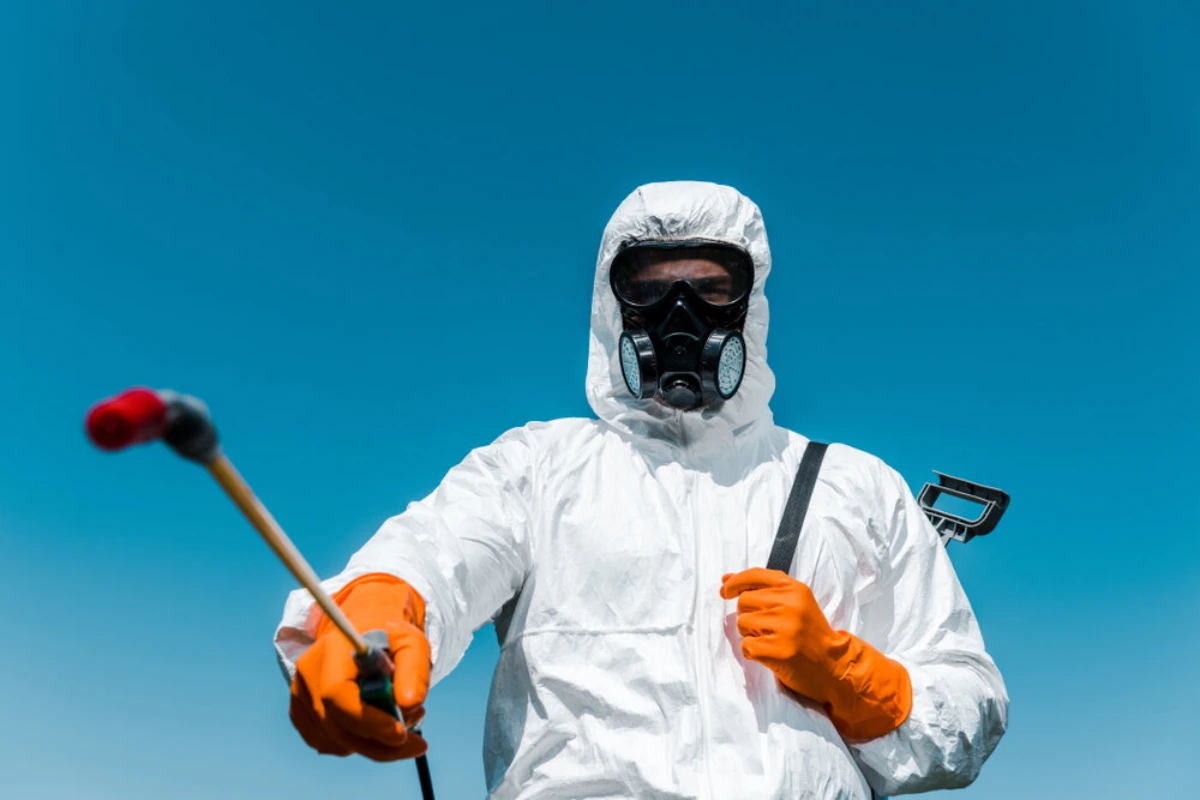
Still seeing flies after cleaning the drain?
If you’ve thoroughly cleaned the drain and the fuzzy flies persist, the problem might be deeper. A severe, recurring infestation can sometimes signal a bigger issue that surface cleaning can’t reach, like a cracked pipe under the slab or a break in the main sewer line. These breaks can collect sludge and allow flies to breed outside the immediate drain area. If you’ve done everything right and they still return in force, it might be time to call a plumber for a camera inspection to rule out a more serious structural problem.
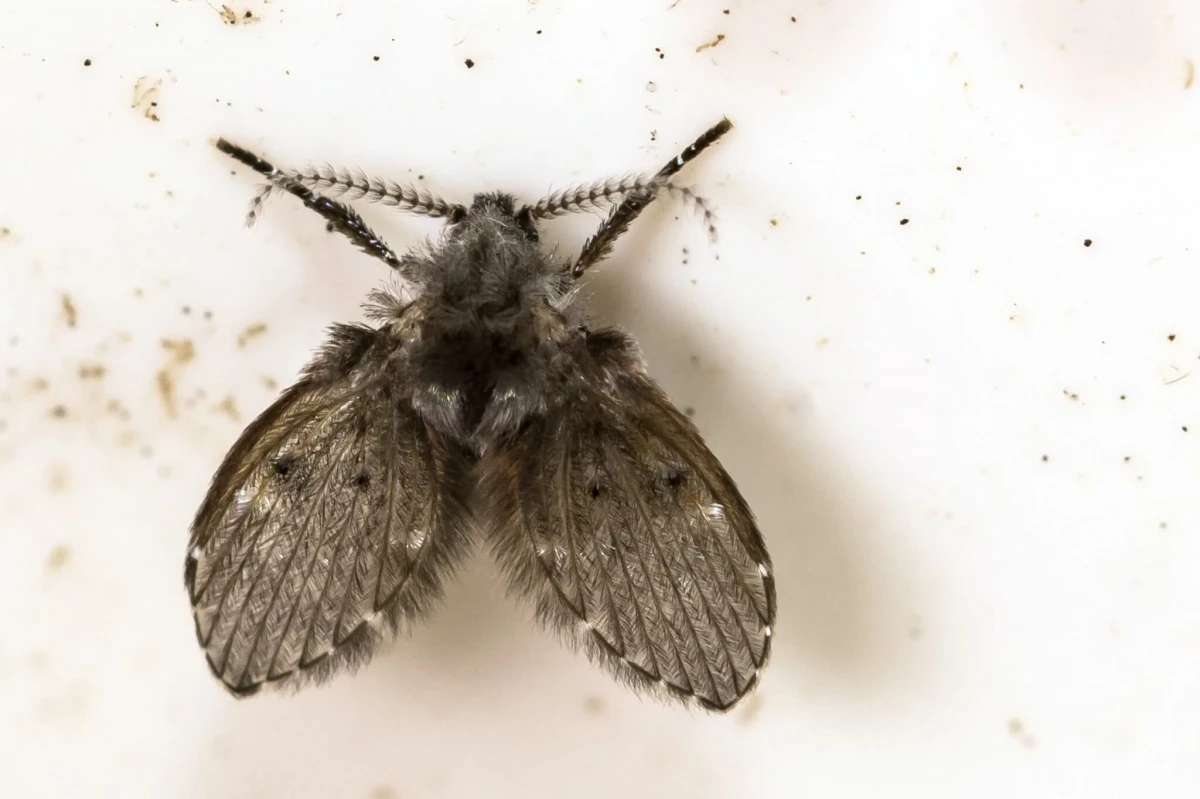
Drain flies complete their entire life cycle, from egg to adult, in as little as one to three weeks.
This rapid development is why a ‘one and done’ cleaning approach often fails. Missing even a small amount of the slimy biofilm in the drain allows a new generation to emerge almost immediately. Consistent, weekly maintenance is the only way to break the cycle for good and prevent a new population from taking hold in your pipes.
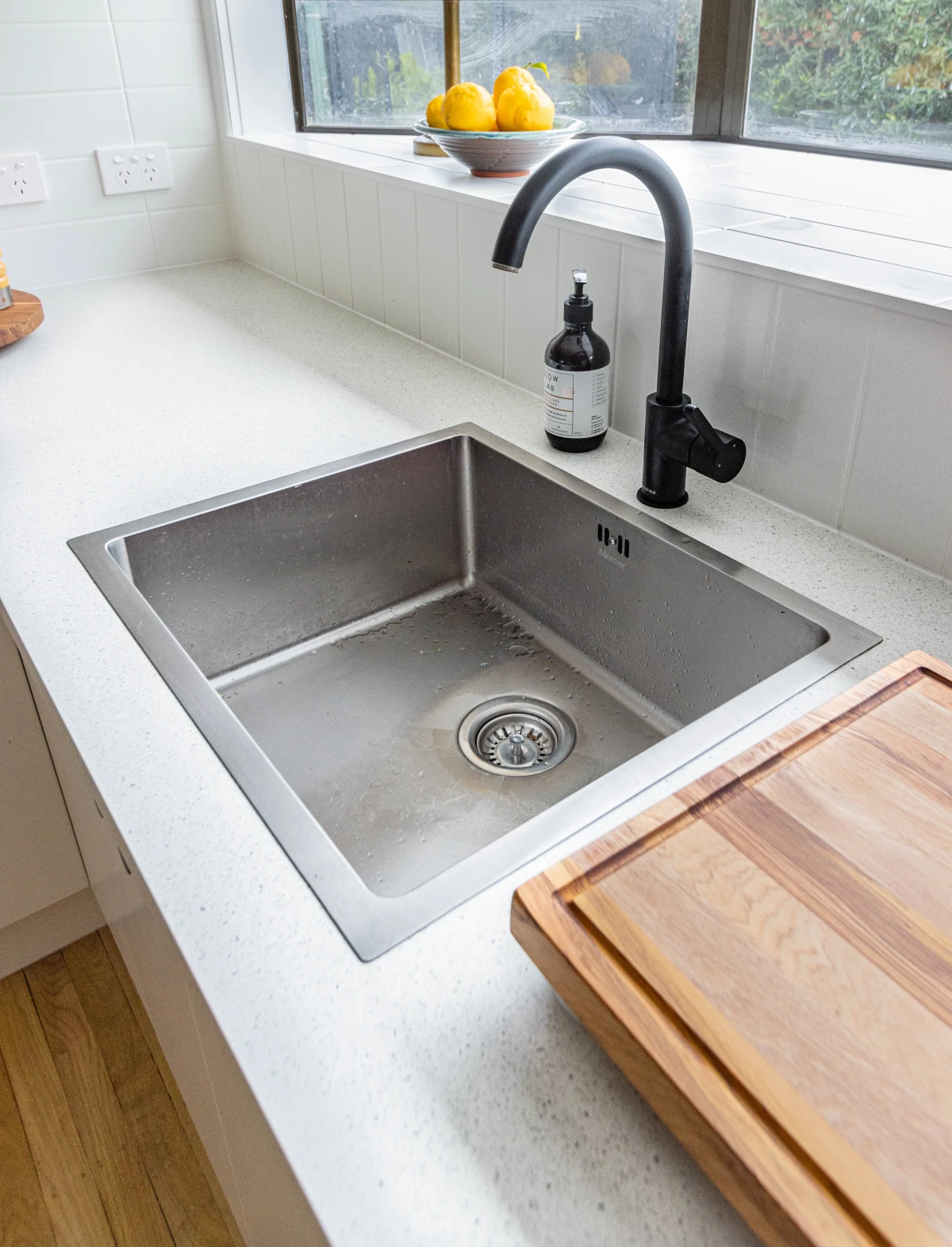
Chemical Drain Cleaners: These often use caustic agents like sodium hydroxide to dissolve clogs. While they can kill adult flies and larvae on contact, they often flow past the biofilm where eggs are laid, providing only a temporary solution.
Bio-Enzyme Cleaners: Products like Green Gobbler or Bio-Clean use natural bacteria and enzymes to actively digest the organic sludge (biofilm) that drain flies feed and breed on. It’s a slower but more definitive approach, as it eliminates their food source and habitat entirely.
For a lasting fix, the enzyme method is far superior.
Once they’re gone, keep them from returning with these simple weekly habits:
- Flush each rarely used drain (guest showers, floor drains) with a gallon of hot water to wash away any new buildup.
- Regularly clean the pop-up stopper in your bathroom sink, as hair and soap scum create a prime breeding ground.
- After doing dishes, run the hot water for an extra 30 seconds to clear any remaining food particles from the pipe.










